In an era outlined with escalating environmental concerns and the imperative for responsible stewardship, the healthcare industry stands at pivotal crossroads, tasked with remoulding its practices to align with principles of sustainability.
In this illuminating conversation with TheCSRUniverse, Dr. Vivek Desai, Founder & Managing Director of HOSMAC, takes us through his organisation’s pioneering efforts in integrating green design and management solutions to mitigate the environmental impact of hospitals. As Asia’s premier healthcare planning, design, and management consultancy, HOSMAC has helped in shaping the design of over 30 million square feet of healthcare spaces across India, the Middle East, and Africa.
With nearly three decades of experience, Dr. Desai has thorough insights to share on sustainability practices, the challenges faced by the healthcare sector, and the integral role of policymakers in fostering a culture of environmental responsibility.
Join us as we delve into the journey of HOSMAC and understand how the healthcare sector can be proactive about reducing its environmental footprint:
Q. HOSMAC is now almost a three-decade-old organisation. What was the inspiration behind starting HOSMAC and how has that initial inspiration shaped the company's journey over the years?
A. Founded in 1996, HOSMAC emerged as a marketing intelligence firm with a mission to revolutionize healthcare infrastructure. Over nearly three decades, the initial vision evolved, propelling HOSMAC into a one-stop healthcare solution provider. With a dedicated team of 120 professionals, HOSMAC is Asia’s leading hospital planning, designing and management consultancy. The company has accumulated 300+ man-years of consulting, shaping the design of over 30 million square feet of healthcare spaces across India, the Middle East, and Africa. The driving force behind HOSMAC's journey remains its commitment to comprehensive solutions, addressing gaps, and unlocking potential in the healthcare space.
Q. Could you walk us through some of the major achievements and milestones of HOSMAC since its inception?
A. We've had the privilege of collaborating with esteemed hospitals like Apollo Hospitals, CMC Vellore, Hinduja Hospital, Medanta - The Medicity, Asian Heart Institute, Narayana Health, Tata Memorial Centre, and Emirates Hospital in Dubai, to name a few. Additionally, our portfolio includes partnerships with renowned organizations such as The World Bank, UNICEF, US Aid, and Mc Kinsey for various research projects. It's been an enriching journey, working hand in hand with these institutions to drive meaningful advancements in healthcare and contribute to the betterment of communities worldwide.
Q. HOSMAC has been actively involved in incorporating green design and management solutions in healthcare facilities. Could you elaborate on some of the strategies and initiatives undertaken to reduce carbon footprints in hospitals?
A. Embedding sustainability into healthcare spaces isn't just a trend; it's a crucial shift. Hospitals are energy guzzlersas they operate 24x7x365 days. The constant operation, air conditioning, and extensive water usage contribute significantly to the environmental footprint. Recognizing this, HOSMAC has embraced a mission to integrate green design and management solutions, ensuring that every hospital we work with attains a minimum silver rating for eco-friendliness. It's a dual strategy for addressing both financial prudence and a commitment to social responsibility.
Our approach involves crafting well-ventilated and naturally lit environmentstherebycurbing the need for excessive air conditioning and lighting. Design elements like aluminium fins along the facade not only cut harsh sunlight but also direct prevailing winds into the facility. Skylight features can be incorporated into parking, lobby, and waiting areas to reduce dependence on artificial lighting. Moreover, climatic considerations dictate the need for natural ventilation, capitalizing on prevailing breezes through various seasons. These initiatives not only cut costs and save energy but also mitigate environmental impact, marking a significant step toward sustainable healthcare practices.
Q. Do you think sustainability practices in hospitals can positively impact not only the environment but also patient outcomes and operational efficiency? If so, how can health facilities achieve this desired state of operations?
A. Yes, green practices are beneficial from all stand-points. For example, one of the facilities designed by us, i.e. Shrimad Rajchandra Hospital, provides natural light and ventilation and sensory gardens for the differently abled have helped patients heal quicker and better. Hospitals spend almost 3-4% of their revenue on energy and if we plan and imbibe sustainable practices, we would save money which directly adds to the bottomline.
Q. In your opinion, what are the biggest loopholes in sustainability practices within the healthcare sector in India that require immediate attention?
A. Within the Indian healthcare sector, the need for immediate attention revolves around the significant energy consumption of hospitals. It's a challenge that demands prompt intervention, considering the substantial financial burden and environmental impact associated with it. Another critical aspect requiring immediate focus is waste management; implementing more efficient practices will not only reduce environmental impact but also streamline operations. These dual interventions in energy consumption and waste management are essential steps towards fostering a more sustainable and resilient healthcare sector in India.
Q. In your experience, what are some of the key challenges faced by hospitals in implementing sustainable practices, and how can these challenges be overcome?
A. A global study released at the United Nations Climate Change Conference reveals that 10% of hospitals in India may have to relocate or shut down due to climate change by 2100. As a nation, we definitely need to take some positive actions to make our hospitals energy efficient. Most private hospitals are not inclined to add green features as there is a lack of 'environment consciousness' and they find it to be a high capital cost which can be better spent for revenue generating medical equipment. In order to incentivize green technologies in private healthcare, the government must provide a reduction in electricity or property tax bills, and at the same time make it mandatory for all hospitals to have a GRIHA 3 rating or a silver rated Green Building Certification. On its part, IGBC has created a separate category for healthcare buildings. Additionally, going green not only benefits the environment but is also economical in the long-term. It is important to propagate the principle that “Money Earned in Money Saved”.
Q. Could you share some successful case studies or examples where HOSMAC's green design solutions have resulted in tangible environmental benefits for healthcare facilities?
A. HOSMAC worked as a consultant for India’s first Platinum Rated Kohinoor hospital in Mumbai which paved way for others to follow suit. Subsequently we have designed Alexis Hospital in Nagpur which achieved Gold rating, Godrej Memorial and Hiranandani hospital in Mumbai which are known for their sustainability practices and have saved energy costs for both hospitals. Some of our under construction projects like Tata Cancer Hospital in Mumbai, Yadupati Singhania Super Specialty Hospital in Kanpur and ShriRam Institute of medical sciences in Aurangabad are designed for minimum GRIHA III rating.
Q. What role do you envision policymakers playing in promoting and incentivizing sustainable practices within the healthcare industry?
A. Policymakers can play a transformative role by incentivizing sustainable practices through subsidies, tax benefits, and favourable Floor Space Index (FSI) allocations. Establishing a regulatory framework that encourages green certifications can also help set a standard for environmental responsibility, fostering a culture of sustainability.
Furthermore, healthcare infrastructure development demands substantial investments. Recognizing this, Private-Public Partnership initiatives are crucial for actively contributing to the construction of modern and efficient healthcare facilities. These collaborations address the pressing need for hardware and infrastructure enhancements within the healthcare industry, facilitating the evolution toward sustainable practices.
Q. Are there any emerging technologies or trends that you believe will significantly impact the future of sustainable healthcare design and management?
A. When considering the future of sustainable healthcare design and management, there are noteworthy emerging technologies and trends poised to make a significant impact. One key player is the integration of innovative technologies like 3D design facilitated by BIM software and the imperative adoption of EHR (Electronic Health Records). These not only enhance operational efficiency but also contribute to a more sustainable healthcare infrastructure.
Moreover, the ongoing digital transformation in healthcare, encompassing Arogya Setu, COWIN, and telemedicine, holds immense potential. This digital shift not only improves accessibility and reduces delivery costs but also ensures efficient health solutions, especially for rural populations. The widespread adoption of Picture Archival & Communication Systems (PACS) in hospitals further underscores the move towards streamlined digital processes, marking a departure from traditional, resource-intensive practices.
Q. Looking ahead, what are some of the goals and ambitions that HOSMAC aims to achieve in the realm of sustainability and healthcare planning in the coming years?
A. Looking ahead, HOSMAC envisions a future where sustainable healthcare design is seamlessly integrated with transformative technologies and forward-thinking trends. We're not just keeping up with the changes; we're actively shaping them. We aspire to set higher benchmarks, ensuring that every hospital we collaborate with achieves a gold standard for sustainability, showcasing our unwavering commitment to environmental responsibility.



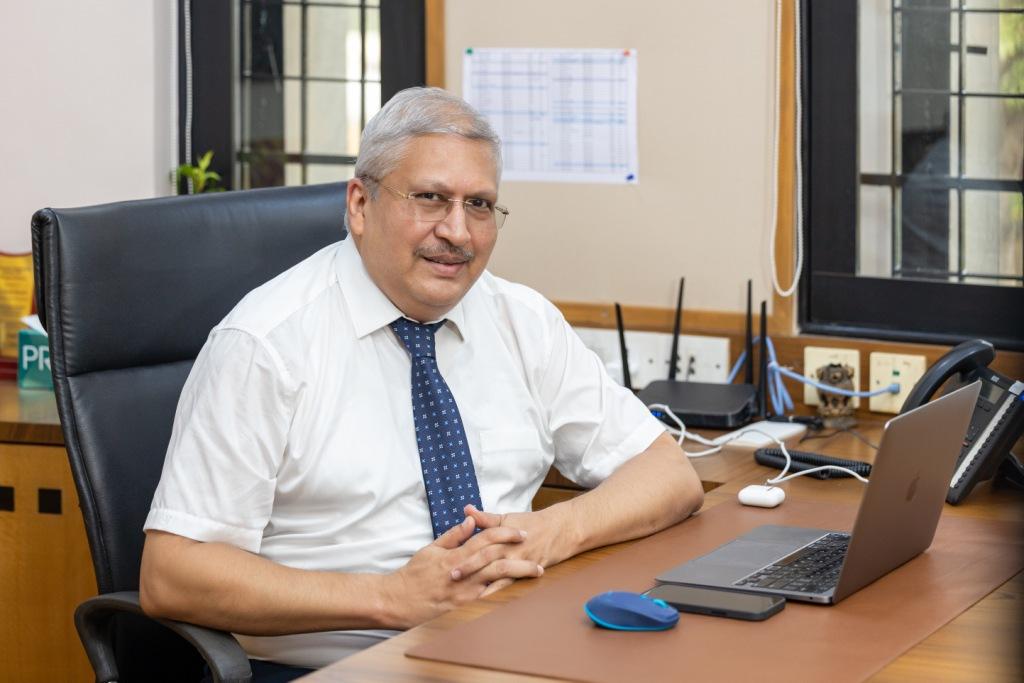

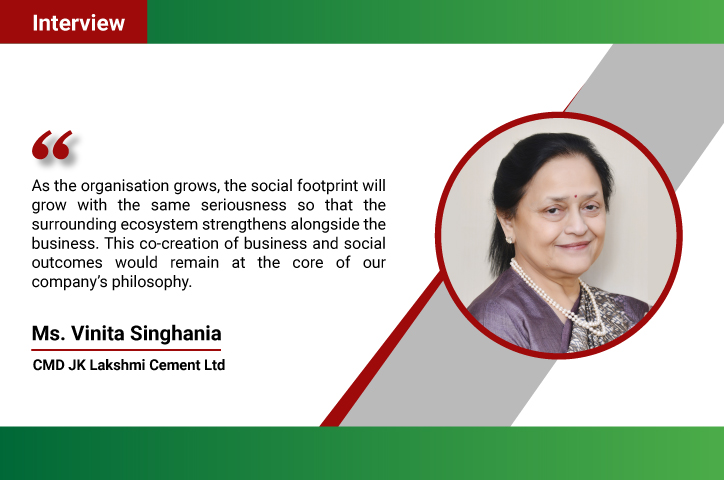
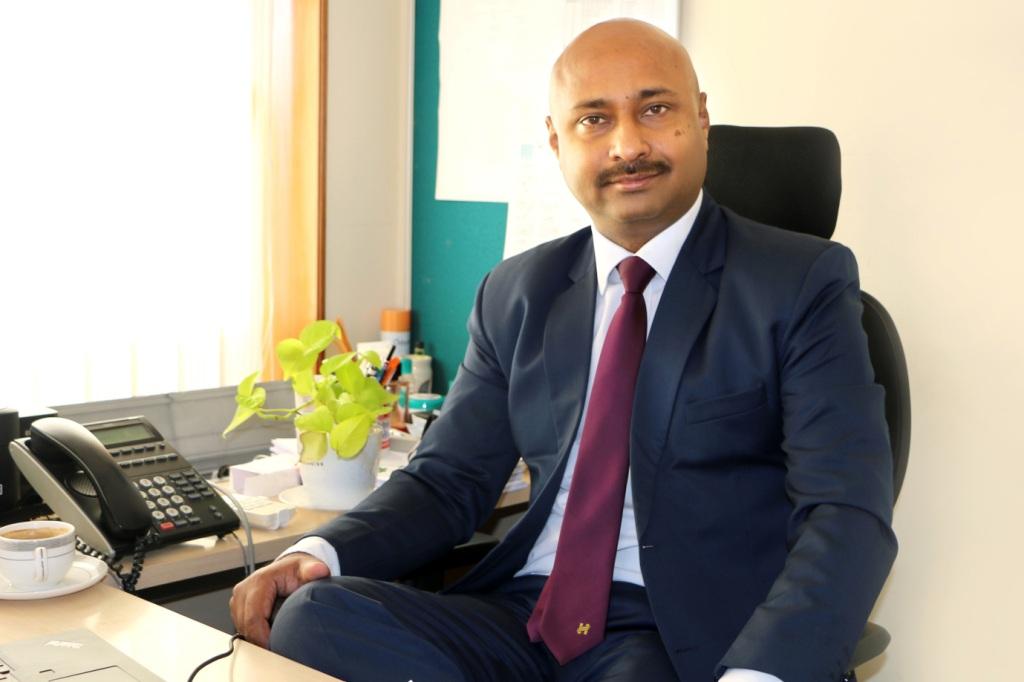
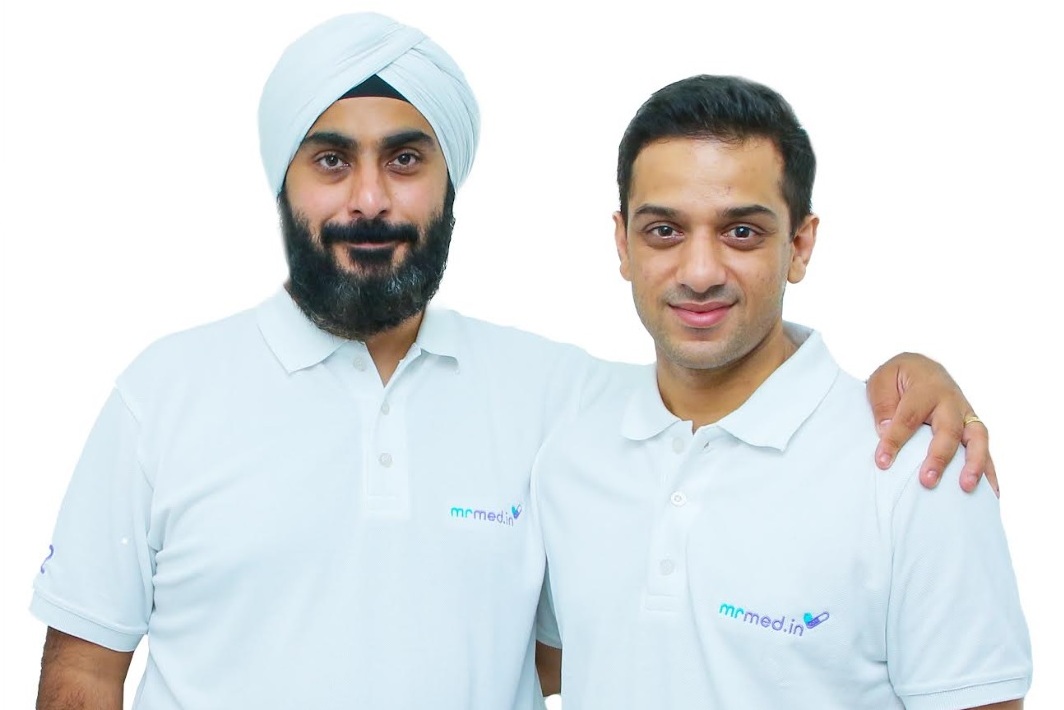
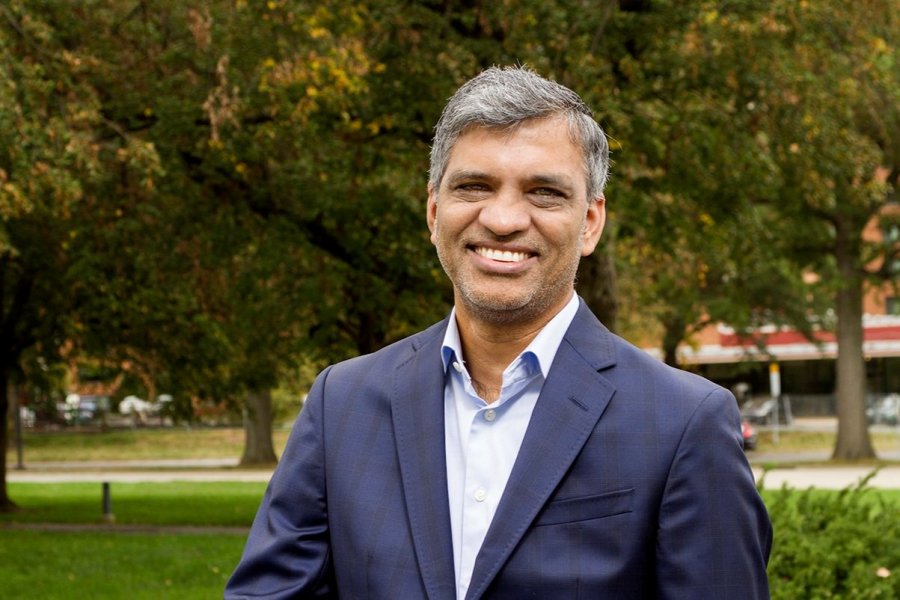



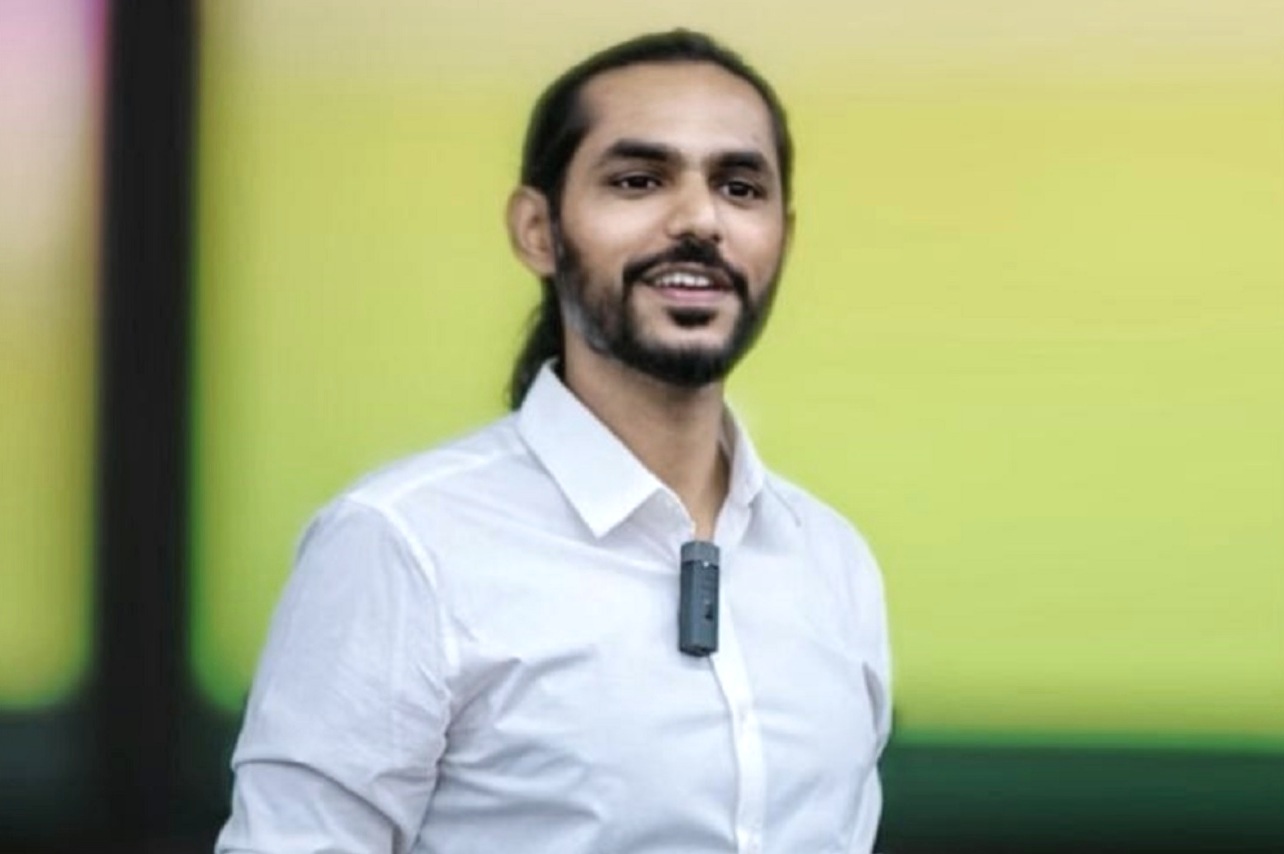




.jpg)




